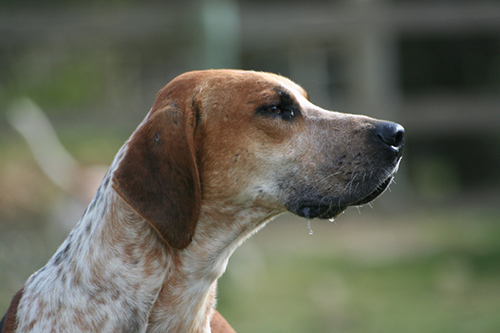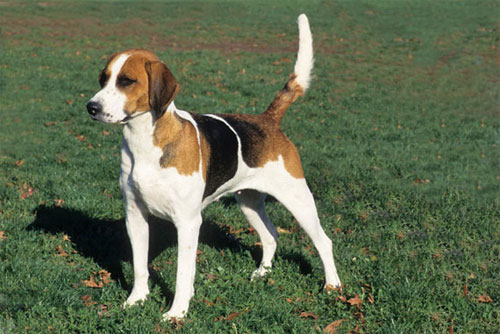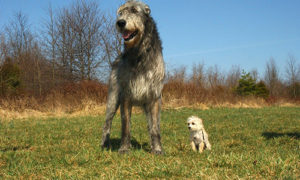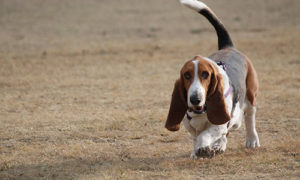
English Foxhound breeders have kept solid pedigrees of this dog since the 1700s, which is longer than any other breed. However, the exact origin of the dog is not known. When it was created, chasing the stag with Greyhounds was still the preferred dog sport of the elite.
In 1750, a few hunters thought about the prospect of hunting foxes with swift horses and hounds. The hounds will have to be able to follow a faint scent while on the run and, at the same time, maintain their chase for long stretches.

As a result, foxhunting increased in popularity as a favored pastime amongst the wealthy. Therefore, wealthy owners hired Masters of Foxhounds that looked to the care and the breeding of the dogs.
Riding to the hounds became an event immersed in ritual, with the actual killing of the fox anticlimactic. As the hunt’s visual characteristics increased in significance, they took care to produce dogs that looked good not only independently but also as a pack.
Therefore, pack members would regularly share the same coat coloring, often the black saddle over a tan body with white points. By the late 1800s, foxhunting became so popular that there were 140 packs registered in England alone.

The 1700s saw the arrival of the Foxhound to the Americas; however, in step, a good proportion of these dogs mixed with additional dogs to yield the American Foxhound.
In fact, the American Foxhound has outpaced the English Foxhound in popularity in the United States; however, neither is popular as a pet or show dog. Though, the English is still the first choice of hunters looking for a good old outing on horseback.
English Foxhound Breed Facts
- POPULARITY: Very rare
- FAMILY: Scenthound
- ORIGIN: Great Britain
- DATE PRODUCED: 1700s
- ORIGINALLY BRED FOR: Tailing fox
- TODAY’S ROLE: Trailing fox
- OTHER NAME: Foxhound
- WEIGHT: 55 – 75 pounds
- HEIGHT: 23 – 27 inches
The English Foxhound Possess a sturdy build with a substantial bone. The size of the bone at the ankle is significant. This build, along with moderately straight angulation of the stifles, favors stamina over speed.
Their rich, deep voices get ready for the hunt. Many English Foxhounds have rounded ears, in which they surgically remove about one and a half inches from the end of the ear.
Temperament and Upkeep

The English Foxhound is traditionally a pack hound; however, it still makes a rather well house dog. It prefers human or dog companionship but will tolerate horses and other pets. It is a voracious sniffer and a trailer. However, it needs daily exercise within a safe area. It is an amiable, gentle, and tolerant dog even though it is not very emotional. They’re mostly reserved with strangers. It is not a city dog and thrives in an open suburban environment.
The English Foxhound is an easygoing dog that requires plenty of exercises. It is born to run and can do so for miles; in fact, it makes a great jogging companion while on a leash or a hiking partner in a safe location. Its coat only needs occasional brushing.
The English Foxhound is a healthy breed and has no main or minor health issues. However, keep an eye out for CHD and renal disease. It has a life span of 10–13 years.





